Arkhaven Spotlight: Halloween Special #2
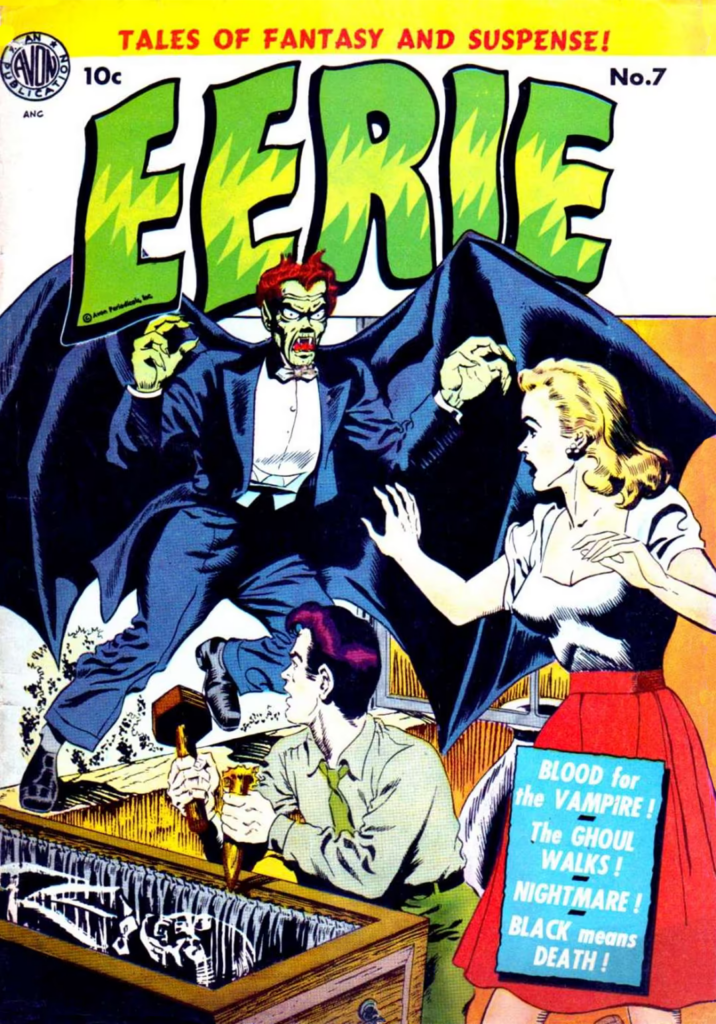
Welcome to the Arktoons Spotlight, a regular feature at the Arkhaven Blog. The Spotlight is where I take a look at one title from the amazing world of Arkhaven’s webtoons.
If you aren’t familiar with Arktoons, this is meant for you. I am the Dark Herald; I do the blogging here at Arkhaven.com. The blog is mostly pop culture news, reviews, and opinion, in short, the usual.
And you aren’t here for the blog. You’re here for the webtoons.
Arkhaven is different from other webtoon publishers. While we have the kind of webtoons you would expect, like Chateau Grief we also have works that are more like traditional comics, if you grew up reading comic books in pamphlet format, you’ll feel more at home here than you would at say Tapas.io or Webtoons.com.
So, if you are new here, be welcome.
It’s Halloween time again. Your host, The Dark Herald has emerged into daylight to present you with a tale of the strange and uncanny. Or to be accurate Chuck Dixon has found a great little gem from the golden age of scary comics.
“Everything starts somewhere, although many physicists disagree.”
The great and shortlived boom in American horror comics began with Eerie #1

Avon’s Eerie #1 was published in 1947 just barely beating EC Comics better known entry into the horror market. Eerie #1 was a one shot but it was revived in the early 1950s just in time to run into trouble.
Horror comics (despite what Fredick Wertham would become so frantic about in his proto-cancellation campaign) were not intended for the juvenile market. While kids were the primary market for comics there were plenty of GIs that had taken to reading comics in their foxholes. The paperback revolution hadn’t taken place yet, comic books could be read in low light, weighed very little in a backpack, were easy to transport, and were above all else, cheap (a consideration when a Private’s salary was $50 a month).
So there was now a (slightly embarrassed to be so) adult market of comic book readers. Publishers were very anxious to exploit this market while not running afoul of various blue laws.

There is a well-known historical phenomenon, when there has been a time of great carnage there follows a period with a great deal of popular interest in the macabre.
European art during the Black Death frequently featured dancing skeletons.

The children of men and women executed during the Terror in France famously held “headless balls.”

The orphaned aristocrats, the most fashionable women in Paris took to wearing blood-red chokers around their necks and exchanged elaborately elegant coiffures for the brutalist “chop” style. They greeted each with a sharp, rolling jerk of the head instead of a curtsey.
In post-Civil War America, Mark Twain and Ambrose Bierce were well known for dabbling in the macabre, but they were hardly the only ones.
Post-Great War films like Journey Into Night, Nosferatu, Faust, and the Universal horror films redefined what had been the macabre genre into a quest to invoke outright terror. This was the new standard of horror.

Post-WWII generation would add its own refinements to this. The universalist fear that the world only felt like it was a stable whole but was in secret truth hopelessly broken. That the true terror was still there, below the surface, waiting to be found.

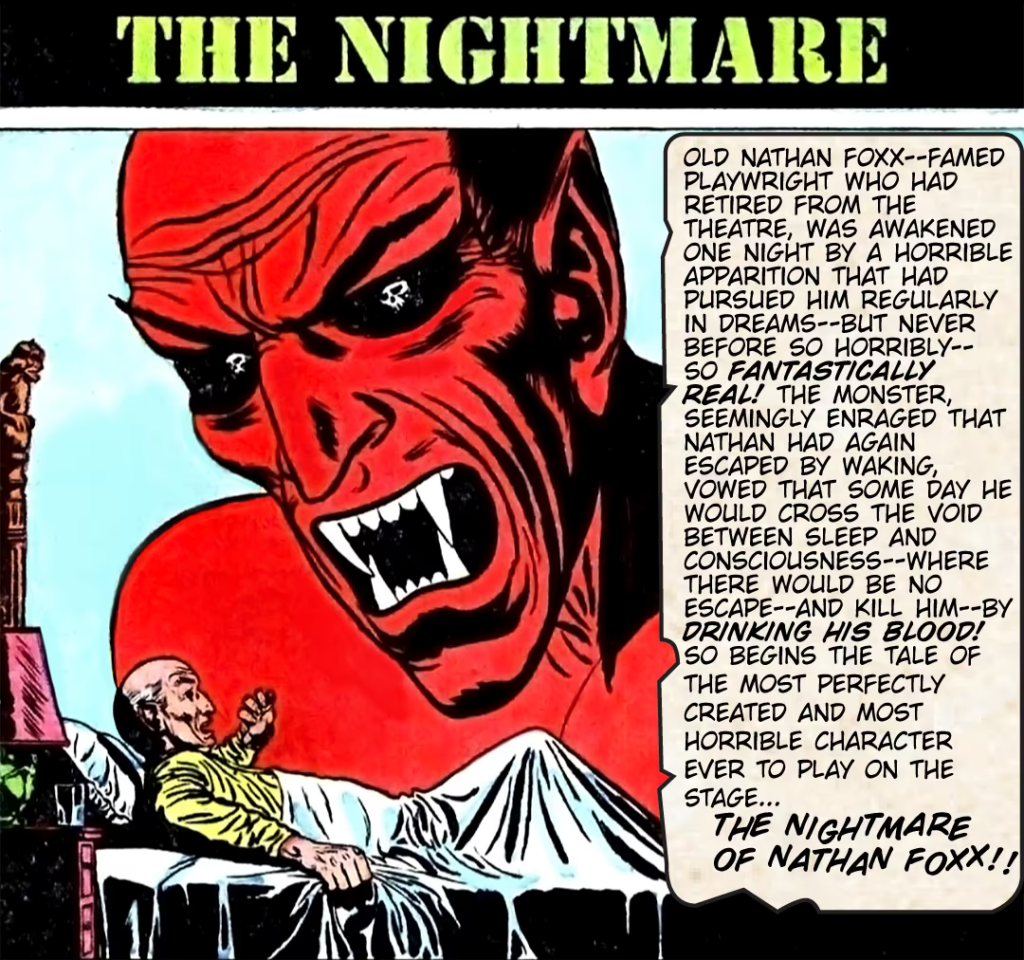
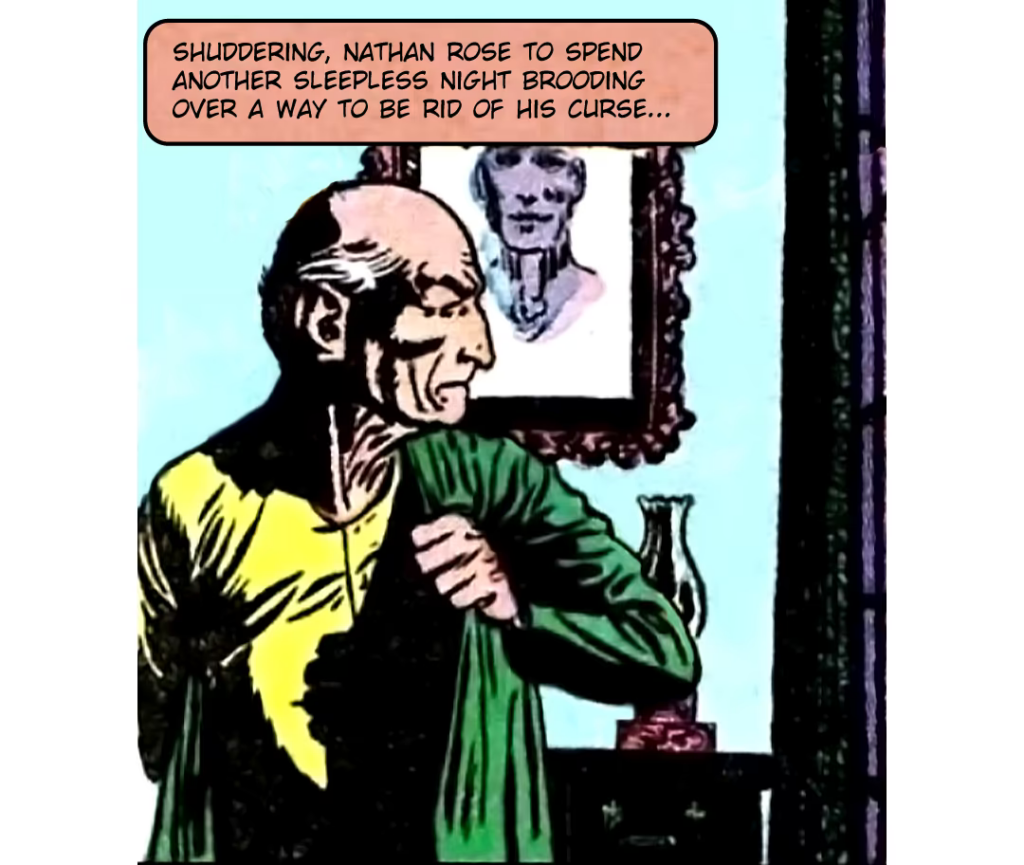
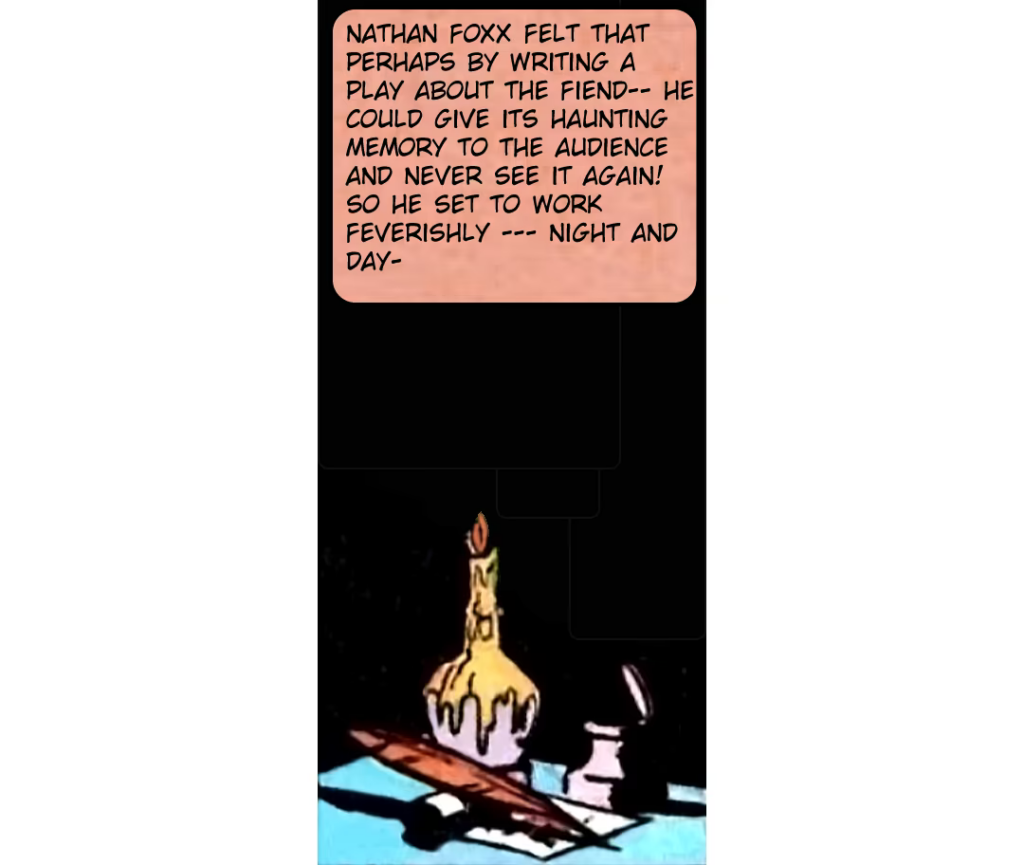
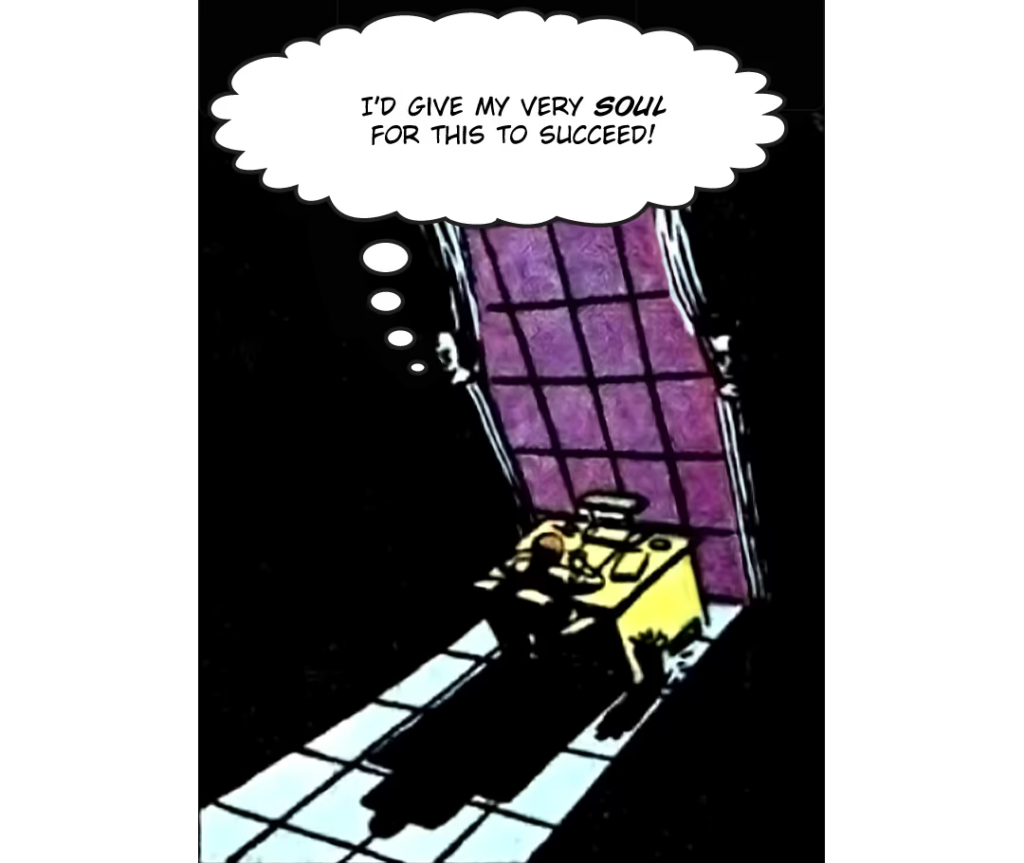
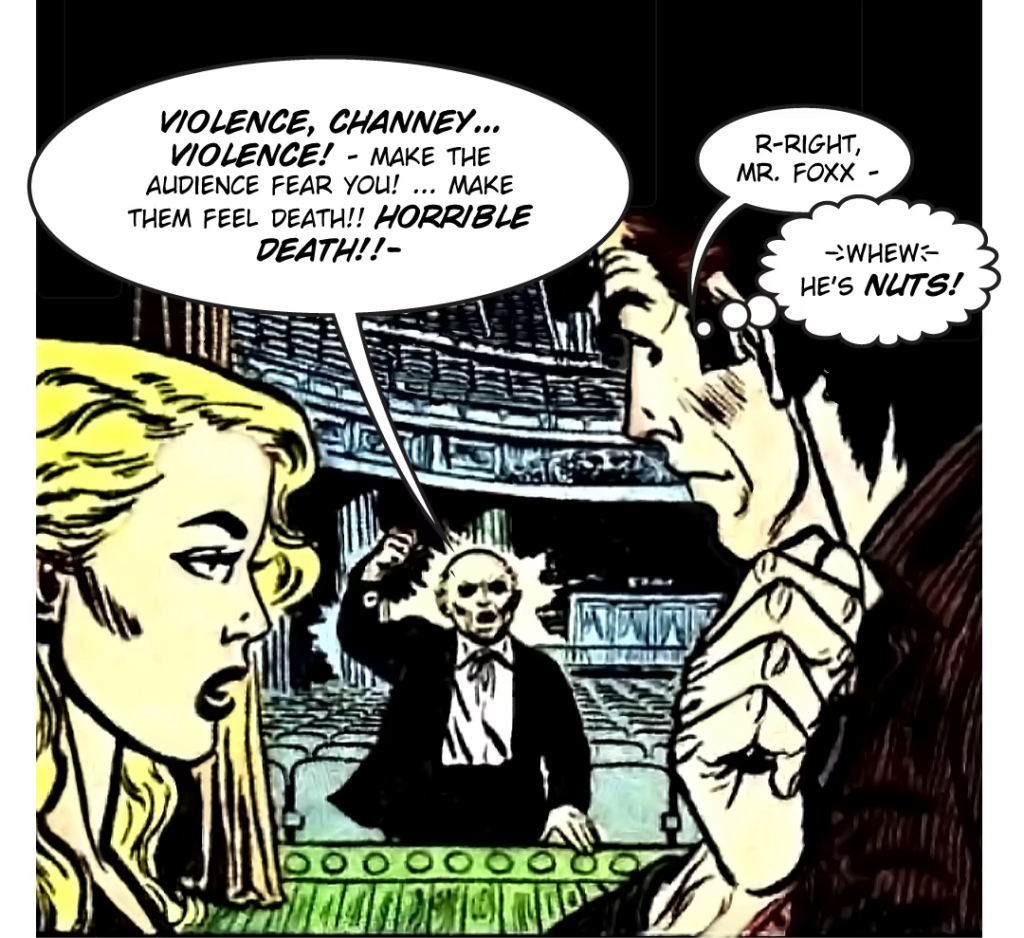


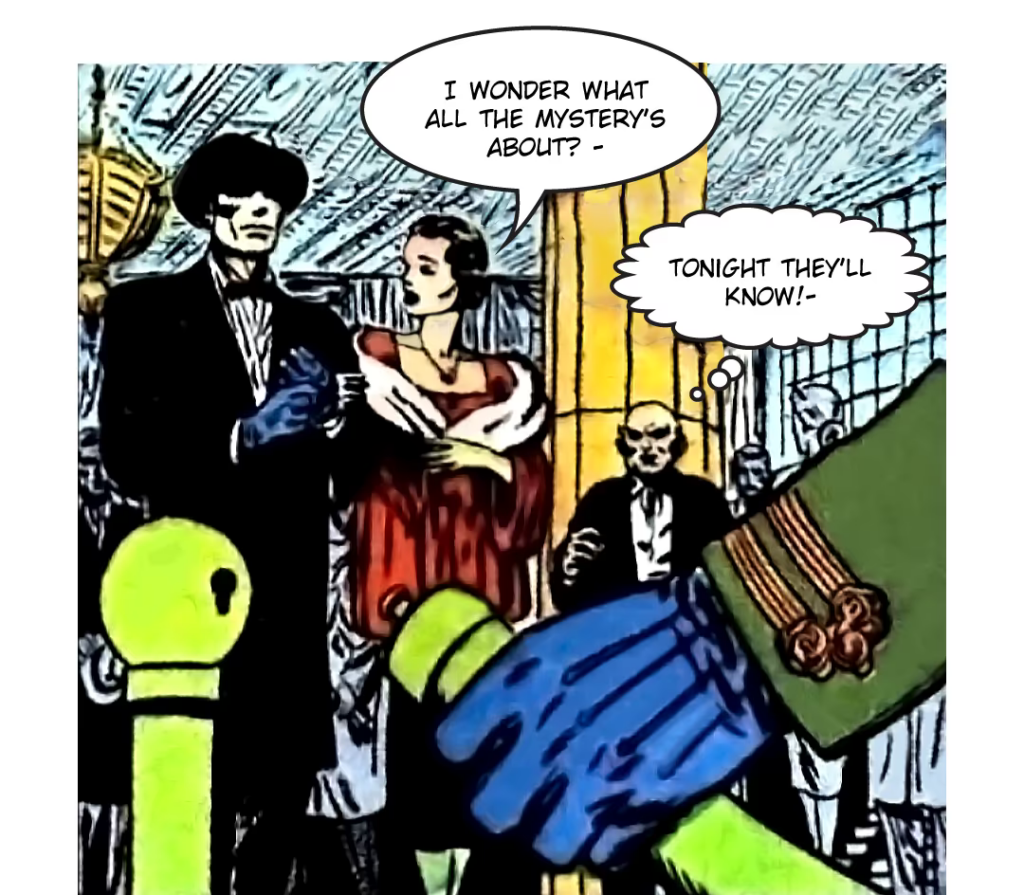
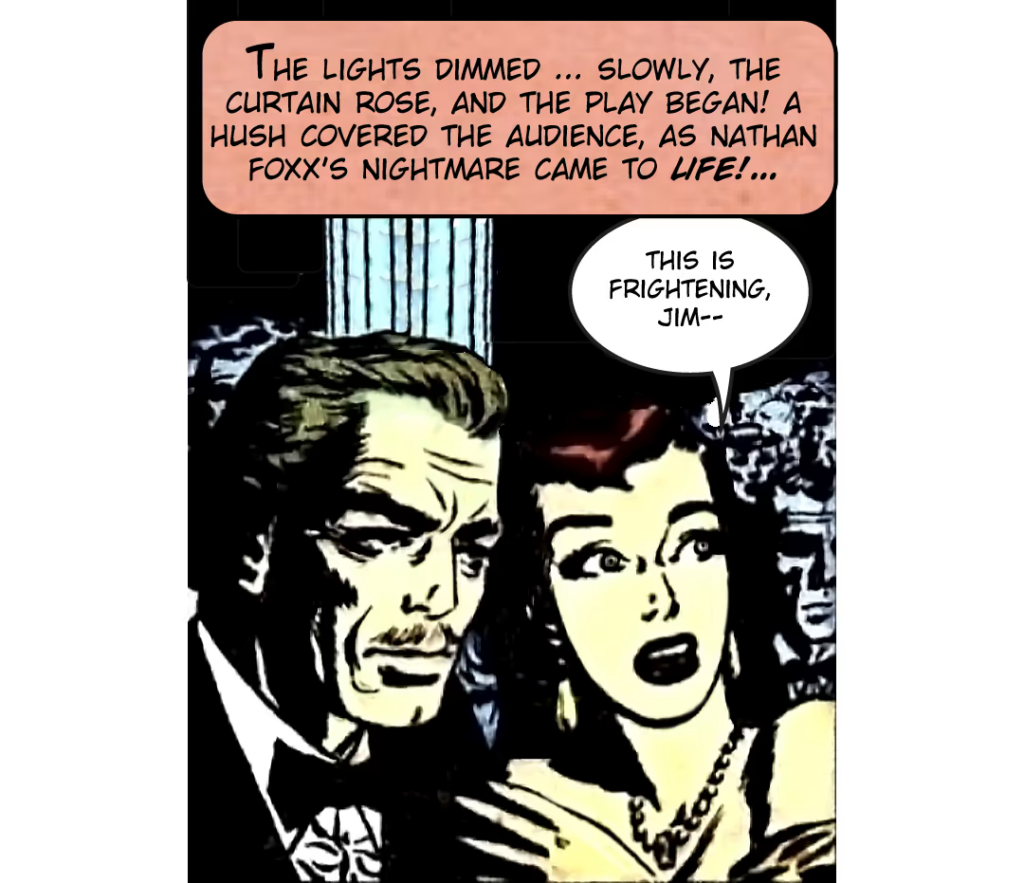
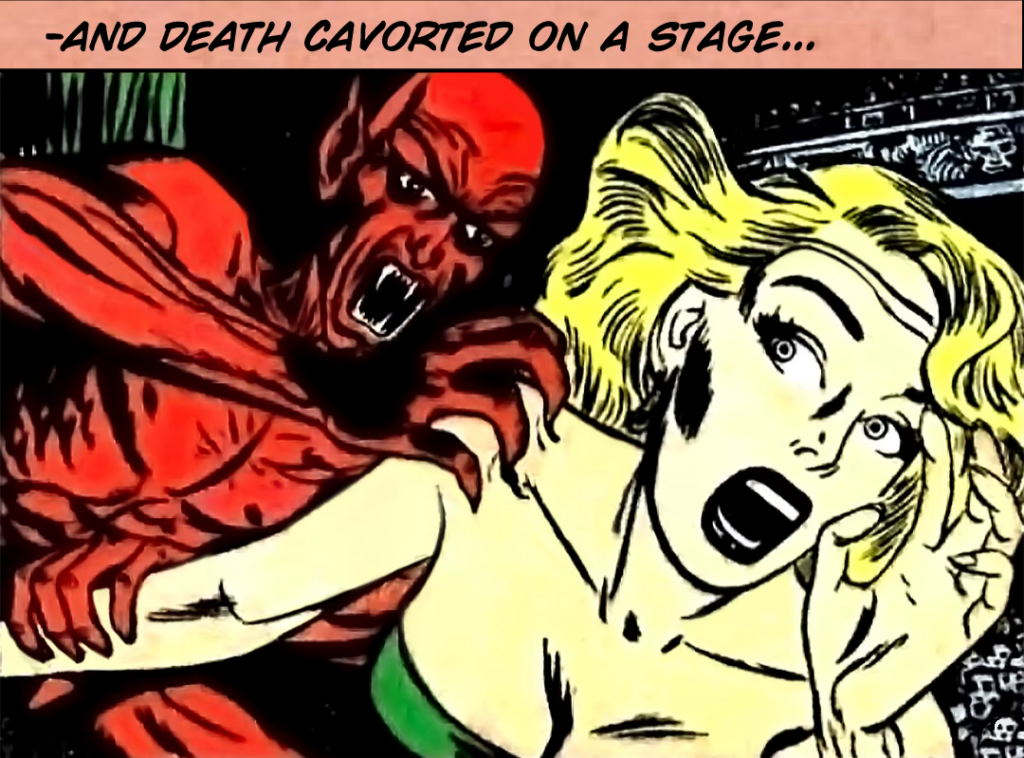
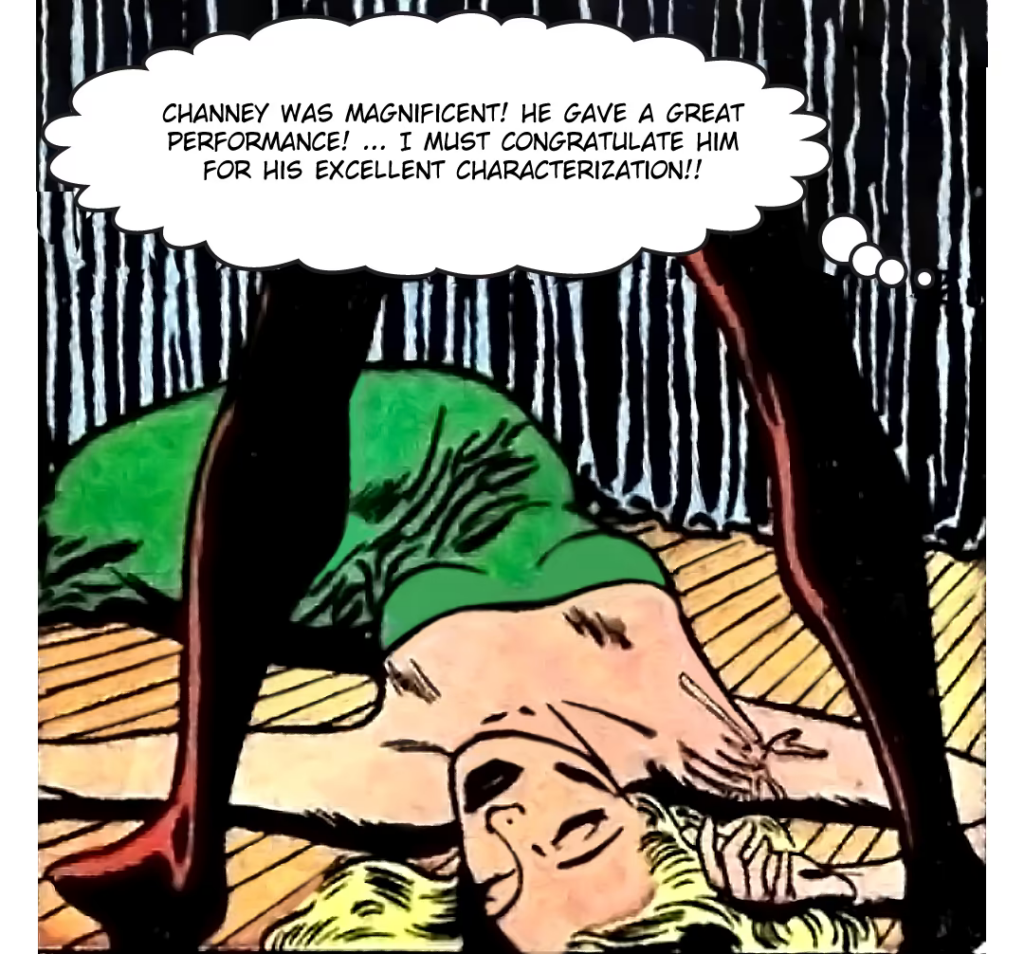
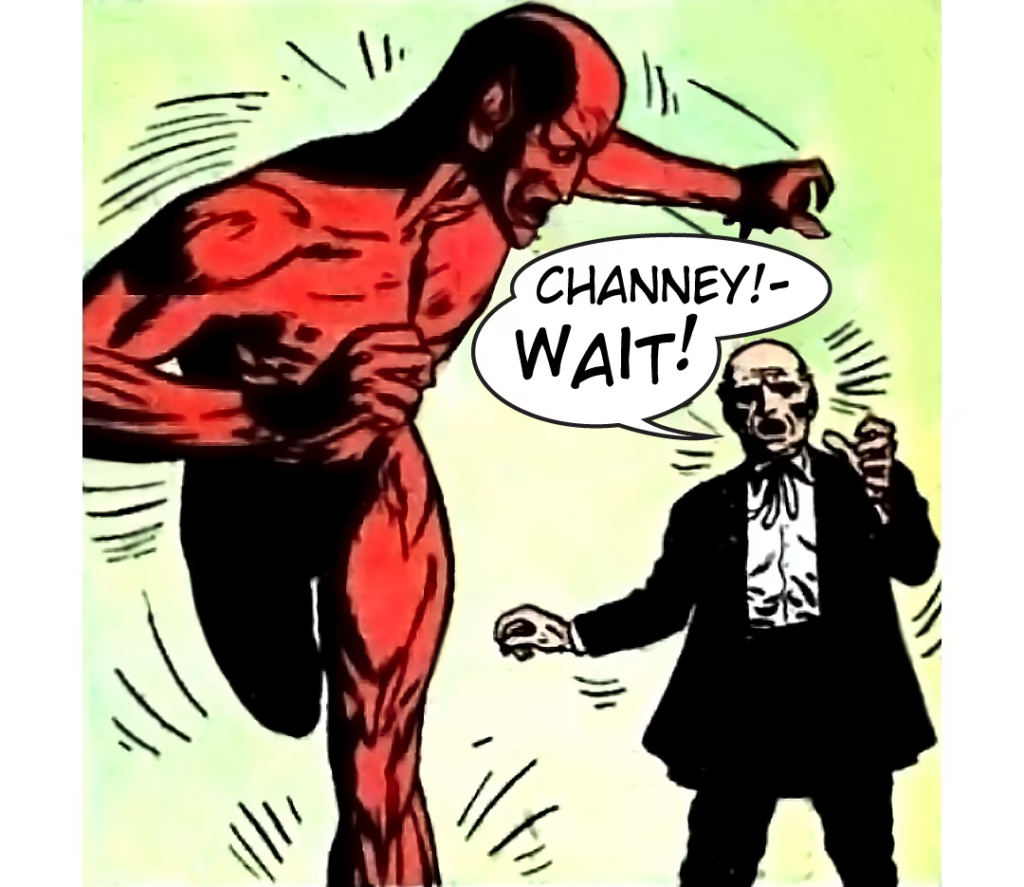
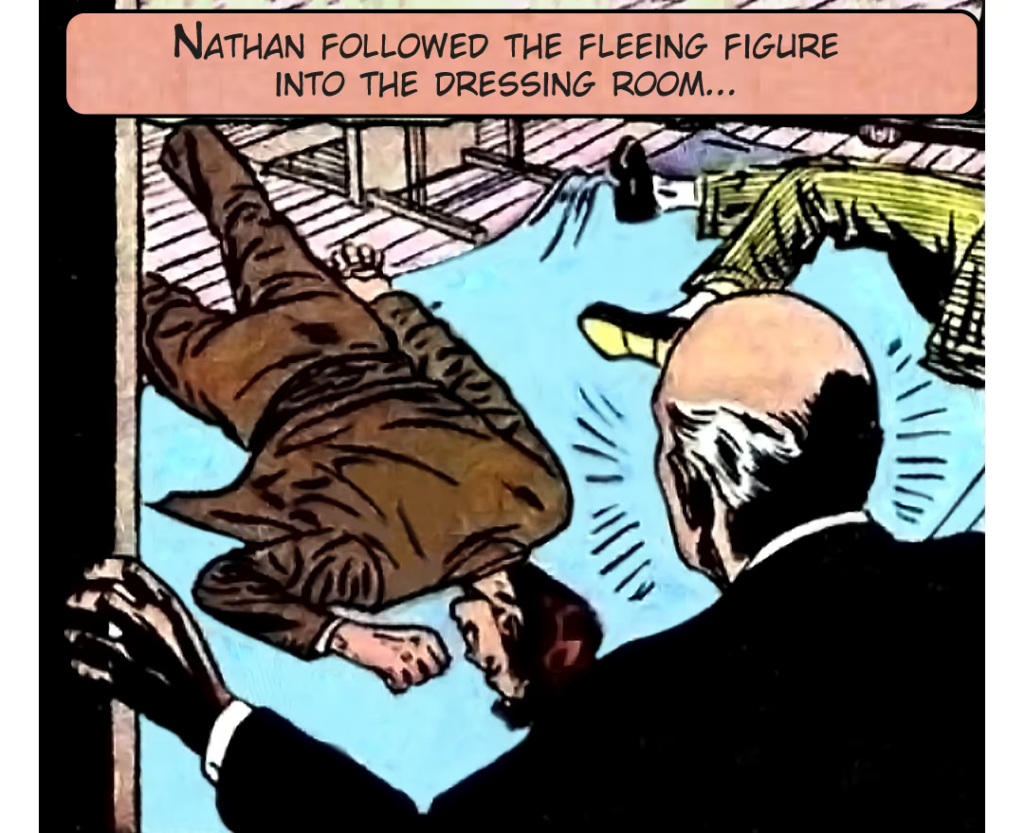
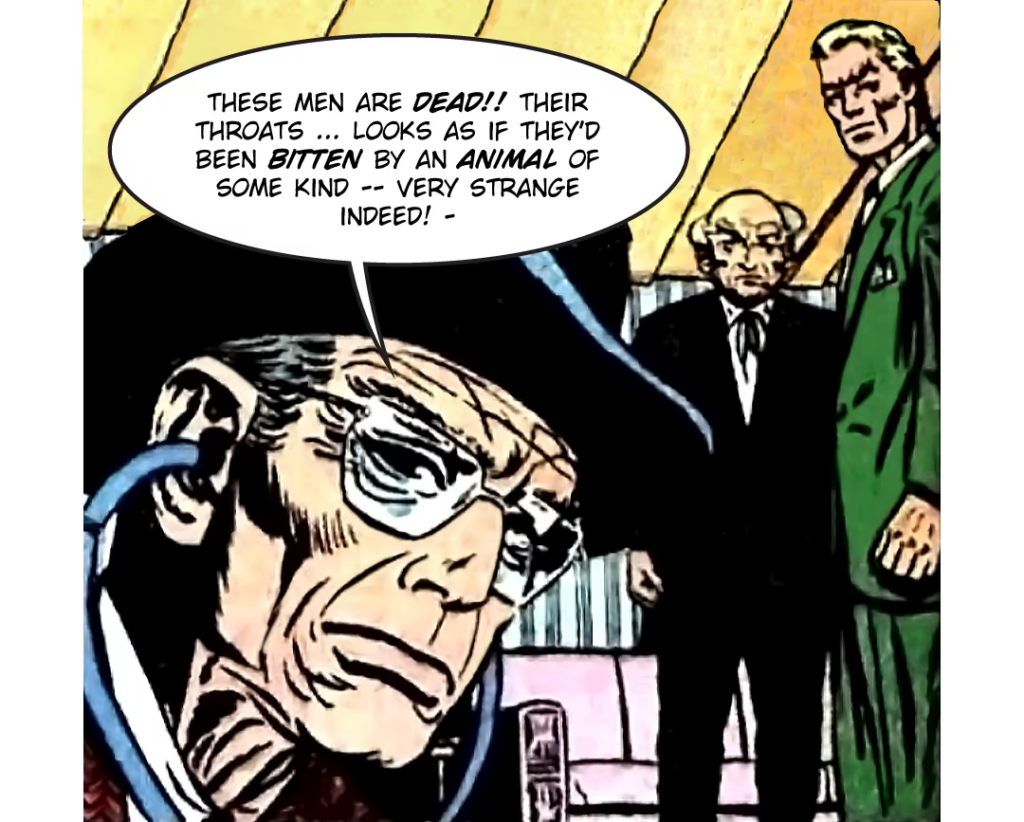
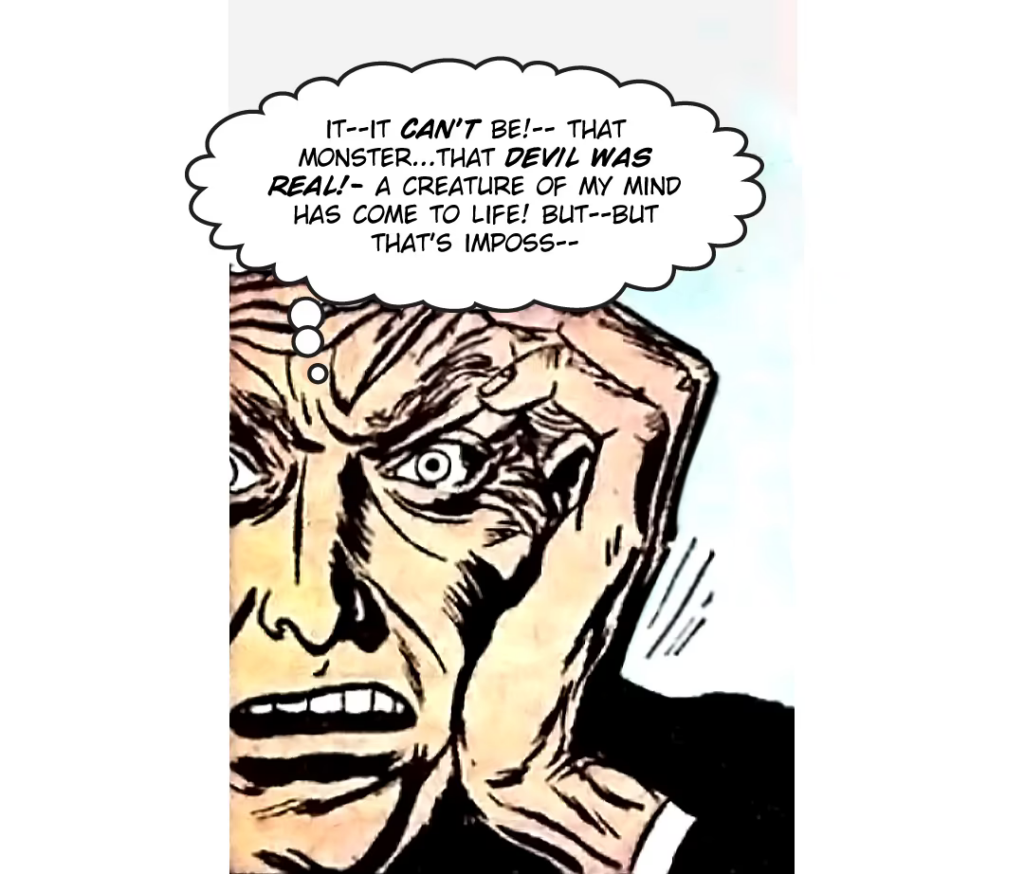
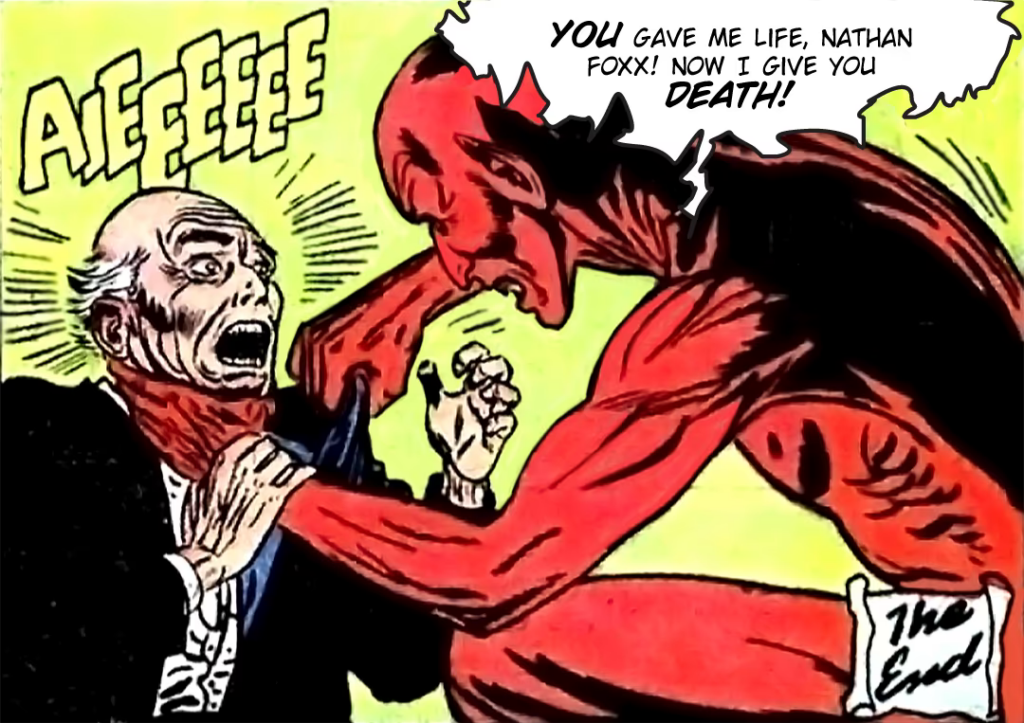
Chuck Dixon Presents: Mystery — Mysterious monsters, time travelers, magical idols, invaders from the 4th dimension, sentient plants, and so much more await in Chuck Dixon Presents: Mystery. This is a series of strange, spooky, and science fiction stories hand-selected by that master of mysterious comics, the legend Chuck Dixon.
If you enjoy this or indeed any of our Arktoons, please consider supporting our creators

